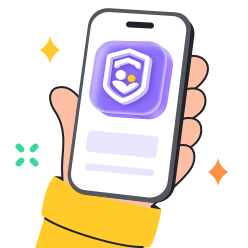More and more students resort to using websites like YouTube for school purposes. Parents are always on the lookout for more safe yet effective learning platforms.
Even though YouTube is an excellent tool for studying and tutorials. It contains ads, comments, suggestions for watching, etc., which pose a learning challenge.
This article aims to review ten unblocked education websites that are safer and more entertaining for school children than YouTube.
10 best free video websites like YouTube for school kids
Multiple educational websites just like YouTube, provide safe learning environments that balance entertainment with educational content for school children.
The following list includes 10 secure educational video platforms similar to YouTube that cater to children in schools. With detailed feature explanations and suitable age recommendations.
1. PBS Kids
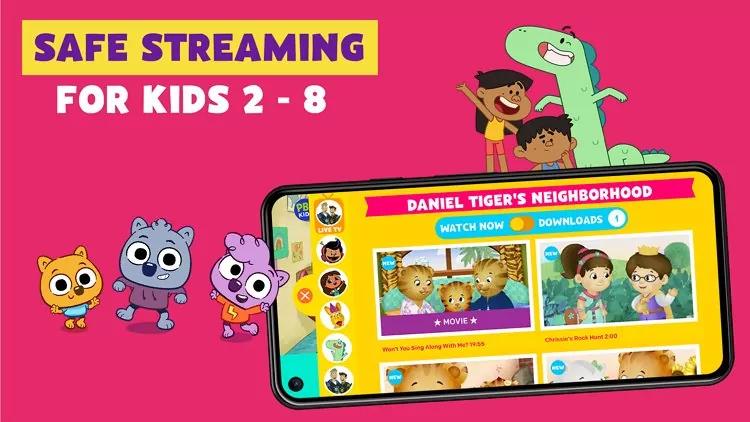


The educational videos and beloved character shows of PBS Kids make it one of the most excellent YouTube alternatives for children learning at school.
The platform connects fun entertainment with educational content, which helps students develop an interest for science, reading abilities and social skills through playful lessons.
- Recommended ages: 2-8 years old
- Why it’s a safe choice: This platform operates without advertisements and includes content selection by expert educators who ensure high-quality, appropriate material for different age groups.
2. Khan Academy Kids
The YouTube alternative site Khan Academy Kids provides both free interactive lessons and entertainment for early learners. It focuses on math and reading together with problem-solving.
The educational program suits children’s developmental needs through a carefully designed curriculum, making it an ideal platform for the initial learning stages.
- Recommended ages: 2-8 years old
- Why it’s a safe choice: The platform provides ad-free teacher-approving content while remaining focused on the educational needs of children.
3. National Geographic Kids
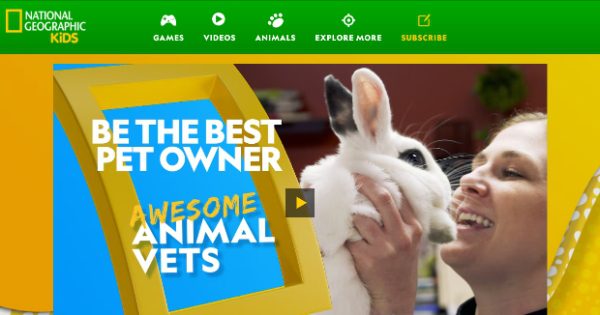


National Geographic Kids is a website similar to YouTube for children. It provides videos alongside enjoyable games and interesting content about natural science topics.
The site presents visually attractive material that supports childcare development by fostering curiosity through interactive educational content.
- Recommended ages: 6-14 years
- Why it’s a safe choice: Kids can enjoy the website without encountering inappropriate material as its content encourages natural world curiosity.
4. TED
TED is a similar video site to YouTube that presents informative talks from experts who focus on science, technology and creative subjects.
Through its TED-Ed subsection, the platform displays educational animations that facilitate critical thinking abilities and present new ideas to students.
- Recommended ages: 10+ years
- Why it’s a safe choice: TED-Ed maintains educational standards in its content review process; thus students can access safe and informative educational materials.
5. Dailymotion
Students can access Dailymotion as a YouTube alternative unblocked in schools. It provides a broad collection of educational documentaries and teaching videos.
This platform dedicates its learning channels to offering various educational content that extends from historical studies to scientific knowledge.
- Recommended ages: 10+ years old
- Why it’s a safe choice: Parents can set controls on the platform while educational channels have been verified to provide suitable content.
6. Vimeo
Education-focused organizations and teachers depend on Vimeo as their ad-free YouTube alternative site for sharing premium educational resources.
The platform provides professional-level videos about arts alongside technology and science content, which is an outstanding educational resource.
- Recommended ages. 8+ years old
- Why it’s a safe choice: The content management guidelines at Vimeo are stricter than those at YouTube, while its educational channels maintain a strict selection process.
7. BrainPOP
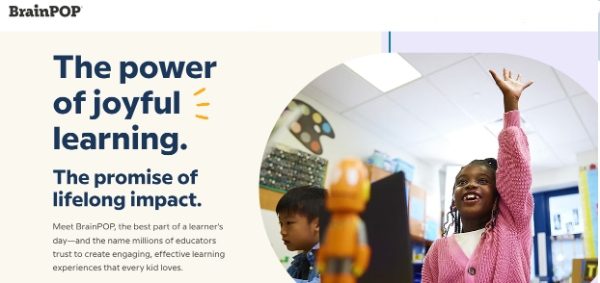


BrainPOP operates as an educational website similar to YouTube. It offers video lessons about maths and other subjects such as science and social studies, through animated presentations.
Complex subjects become simpler to comprehend through their fun educational approach, which promotes student interest in studying.
- Recommended ages: 6-14 years
- Why it’s a safe choice: Many educational institutions adopt BrainPOP for their classrooms because the site features officially reviewed content and does not show external ads.
8. Internet Archive
Internet Archive offers a digital library containing numerous educational YouTube videos, documentaries, and historical footage.
Through its platform, users can access specialized academic content unavailable on standard YouTube platforms dedicated to education.
- Recommended ages: No specific age rating. It’s generally considered appropriate for users of all ages and younger children better with parental guidance.
- Why it’s a safe choice: The organization serves educational purposes and research needs without commercial interests, making it a trustworthy platform.
9. WatchKnowLearn
WatchKnowLearn operates as a teacher-monitored video site similar to YouTube and contains thousands of content-specific educational videos.
Users can browse videos through subject-specific sections that also specify grade levels for structured learning resources.
- Recommended ages: 5-18 years
- Why it’s a safe choice: Each video indicates recommended age levels. All are major educational topics.
10. Scholastic Learn at Home
Scholastic Learn at Home serves as a YouTube alternative unblocked in schools. It provides daily educational content and reading activities alongside videos for students of all ages.
Schools can use standardized educational resources at each grade to help students develop vital reading and understanding abilities.
- Recommended ages: 4-12 years old
- Why it’s a safe choice: Scholastic creates all its educational content under its reputable children’s education brand without any advertising present.
Safe, Fun, and Educational – Perfect for School!
Why you need alternatives to YouTube for school
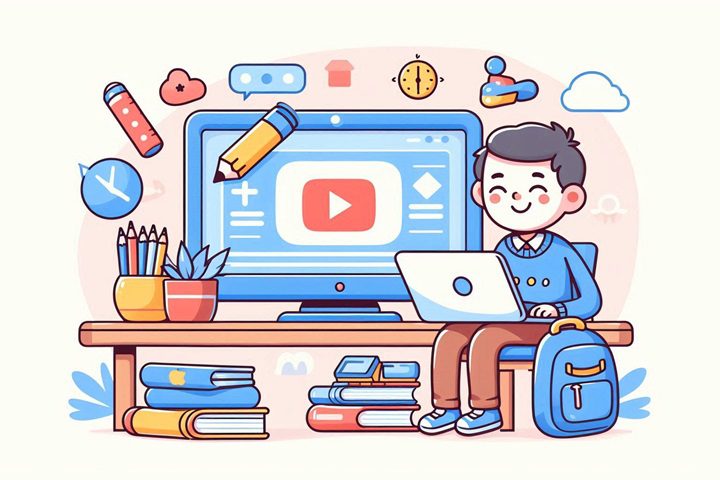


YouTube serves as a well-known source for educational content yet it does not provide optimal conditions for educational use in school environments.
The following reasons demonstrate why parents, alongside educators, must explore different platforms from YouTube when it comes to child content.
- Safety concerns. Because YouTube operates as an open platform, it embraces both educational and non-educational content which includes videos unsuitable for children.
- Educational focus. The educational focus of YouTube alternative sites BrainPOP and Scholastic Learn at Home makes them stand apart from the general-purpose YouTube platform.
- Accessibility in schools. Educational institutions prevent students from using YouTube because they fear the platform distracts students and contains objectionable content.
- Ad-free experience. Learning is interrupted by irrelevant and inappropriate advertisements because YouTube operates under an ad-supported model.
- Age-appropriate content. The YouTube algorithm regularly fails to successfully block inappropriate content from being shown to young viewers.
- Reliability and trustworthiness. Educational platforms are developed or approved by experts who confirm content accuracy and reliability. While YouTube allows any unverified user to post content.
Websites like YouTube for educational purposes enable parents and teachers to ensure their students receive both protected and focused learning environments.
What makes a good educational video website for kids?
Selecting websites similar to YouTube for school kids requires evaluating multiple essential aspects to guarantee their effectiveness and safety.
A quality educational video website for children needs to include these essential elements.
1. Engaging and age-appropriate content
- Captivating presentation – Excellent educational websites for children use captivating visuals alongside animated sequences, storytelling features and relatable characters to sustain their viewership.
- Developmentally appropriate – Videos need specific age-adjusted material which takes into account development levels including attention capacities and learning patterns of children.
- Clear learning objectives – Each video needs well-defined educational targets together with simple explanations of the presented material.
2. Safety and privacy
- Ad-free environment – The leading educational video websites eliminate all ads from their content, especially for young learners who need to focus on learning without distractions.
- Curated and safe content – The content requires a strict evaluation and selection process to verify accuracy and suitability for different age groups and meet education standards.
- Strong privacy policies – Websites need to present detailed privacy statements explaining their procedures for treating children’s data.
3. Focus on educational value
- Curriculum alignment – School-based educational websites offer maximum value when they follow official academic standards and meet curricular requirements.
- Beyond entertainment – Online resources of good quality focus on delivering accurate information while building skills instead of focusing solely on entertaining their visitors.
These elements form an integrated learning environment that offers effective learning by maintaining safety standards, educational value and engagement in learning.
Benefits of integrating fun video websites into kids’ education
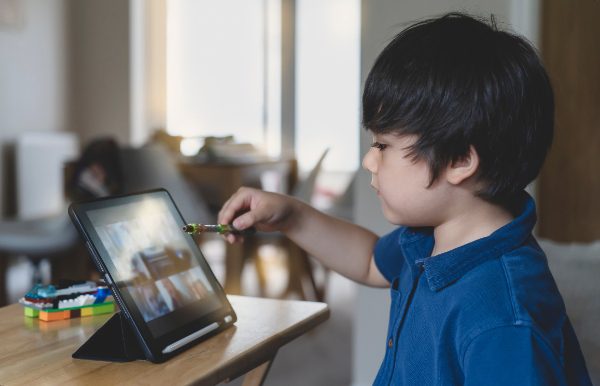


The merge between modern websites like YouTube for school learning and established educational approaches would reinvent children’s educational experiences. Educational websites deliver special learning features that reinforce classroom instructions to create interactive learning experiences.
The following list presents the main advantages of integrating fun video websites into educational programs for children.
- Interactive content. Educational videos provide interactive components that keep children interested and entertained during their learning process.
- Increased motivation. The attractive way information is presented creates more student interest, leading them to participate actively during classroom discussions and in their learning process.
- Diverse content. Students can access diverse educational content from all over the world through video platforms which enables them to gain multiple views about different subjects.
- Access to expert insights. Educational video content includes expert appearances and real-life examples, allowing students to learn more than what could be discovered locally.
- Critical thinking skills. Watching videos enables critical thinking because they blend multiple sensory elements, stimulating advanced analysis of difficult subjects.
Integrating fun video websites into traditional education provides teachers with a way to build dynamic, inclusive classrooms that serve students from different backgrounds.
Bonus parental tips for kids’ safety and balanced use
Educational video websites bring fantastic benefits to your child’s educational journey. However, you must establish protective measures for their safe online experience. The following measures help protect them while using educational video websites effectively.
▶ Establish clear guidelines. You and your child should create a set of rules that include which websites are permitted, as well as viewing time restrictions and content standards.
▶ Acknowledge what interests your child. Engage your child to select educational video websites and pick their preferred content. This will increase engagement and personalize their learning experience.
▶ Promote a balanced lifestyle. Children should follow set limits regarding the time they spend watching videos online. Encourage plenty of offline activities.
▶ Actively explore content together. Make the time to discover, watch together, and discuss the material to boost understanding.
▶ Set up parental controls on kid’s devices. We would recommend the FlashGet Kids app for iOS and Android devices. It serves as an essential instrument that enables parents to optimize and manage what their children do on the Internet. You will get:
- Screen timer: You can control the exact amount of screen time your child spends on various apps and sites.
- Browser safety. It enables you to create both safe lists for approved educational platforms and a blacklist for prohibited URLs.
- Screen mirroring. You can watch your child’s screen in real-time and monitor their child’s educational activities and online actions.
- Keyword detection. You will receive alerts once particular toxic keywords or phrases you set within their child’s online chats or viewing are identified.
FlashGet Kids parental control software enables parents to establish controlled online learning conditions. This, in turn, protects students when they view videos on the internet.
Final takeaways
Educational websites like YouTube for school kids serve as an alternative to traditional video platforms, which deliver both safe and engaging content for them.
Unblocked websites like PBS Kids and BrainPOP offer academic content selection for students, which develops their knowledge and curiosity. While avoiding YouTube’s hazards.
Enforce online controls and monitor your child’s device usage successfully by installing FlashGet Kids, which provides families with strong control capabilities.

